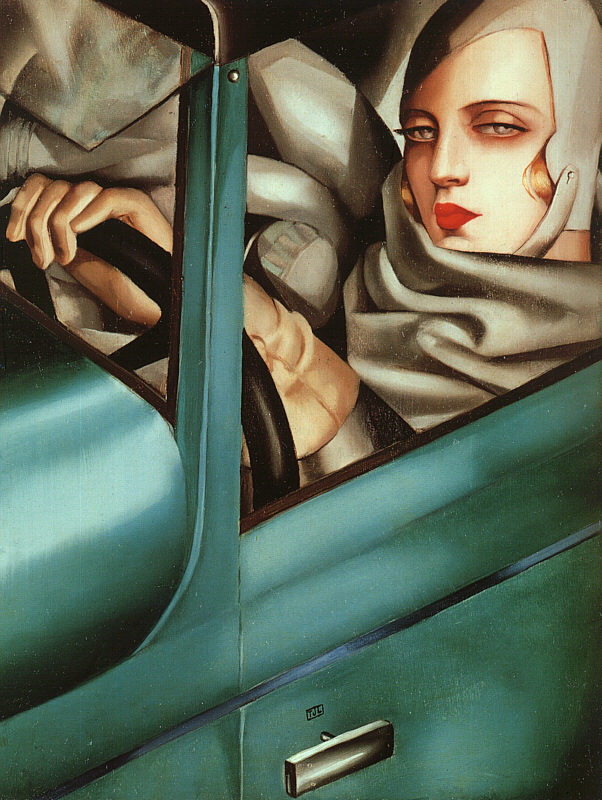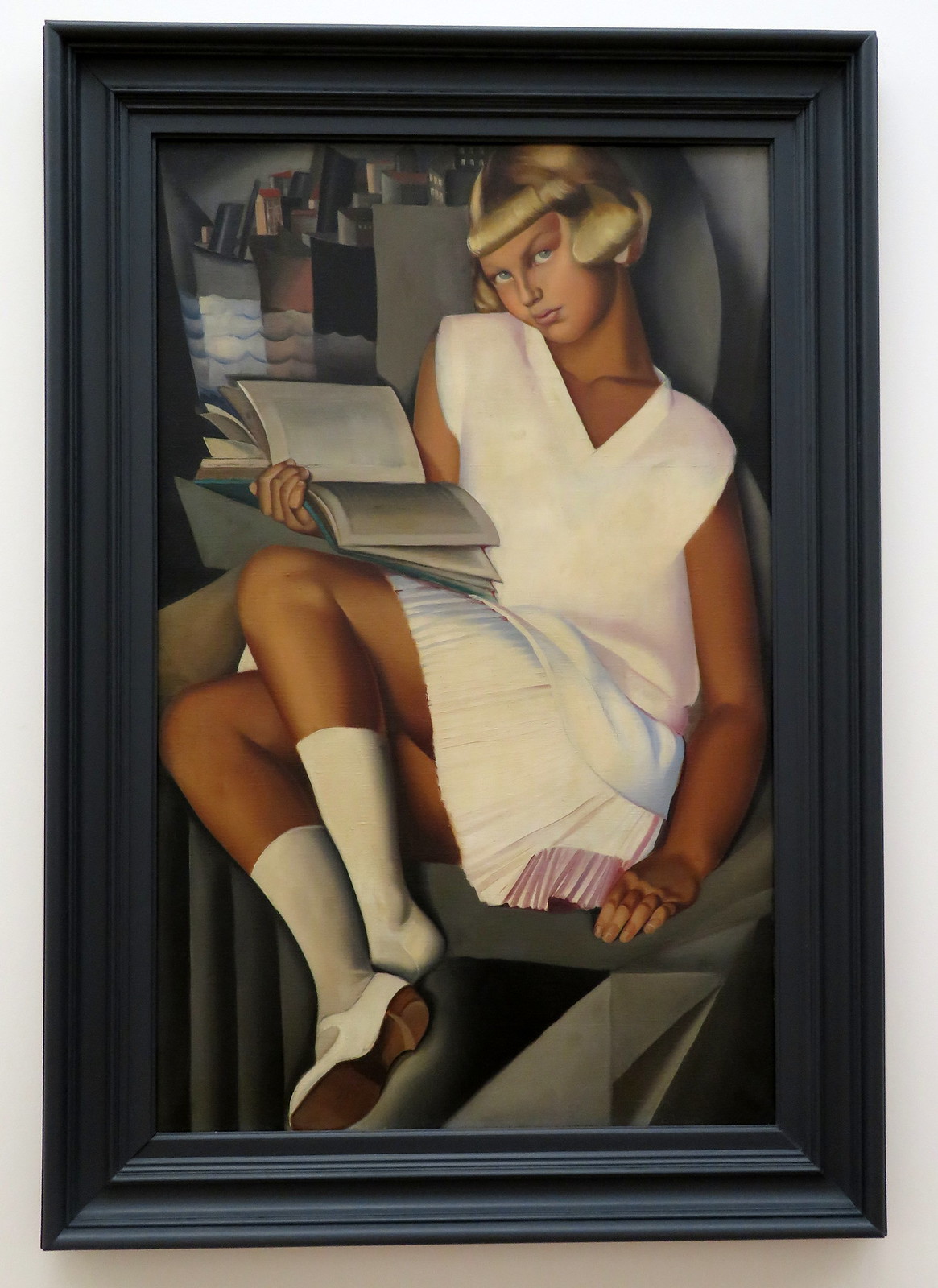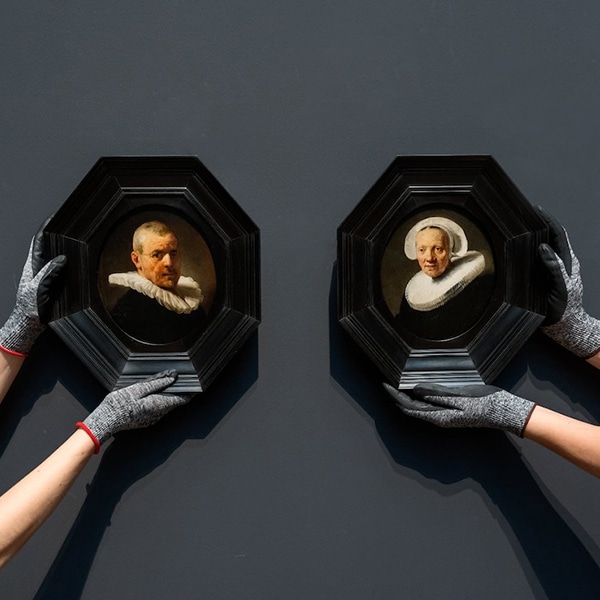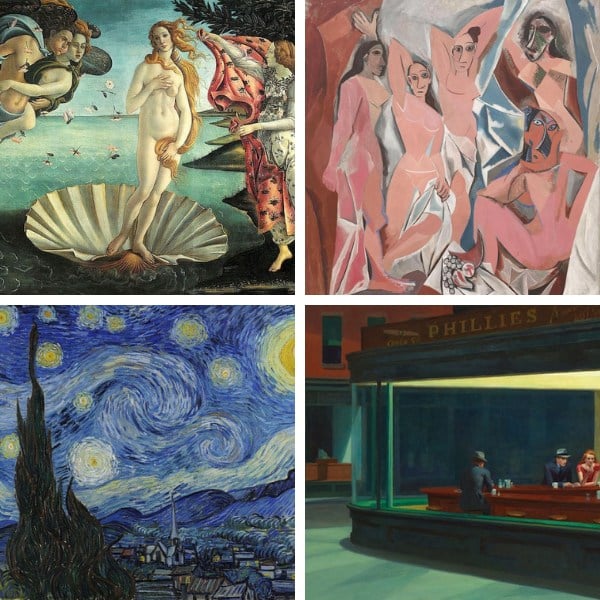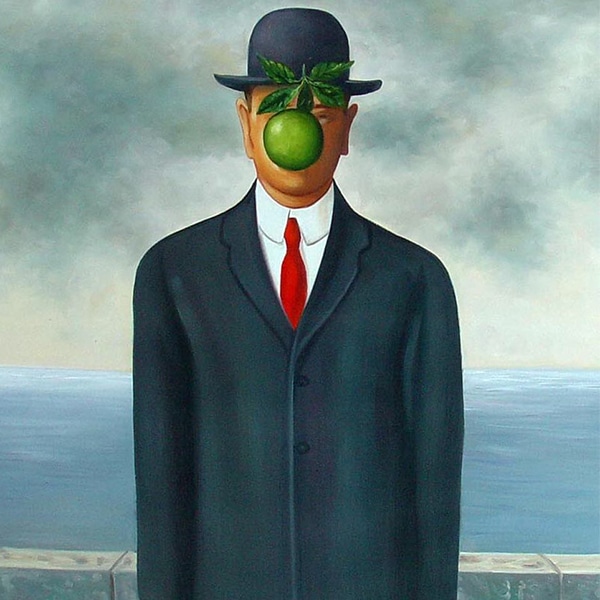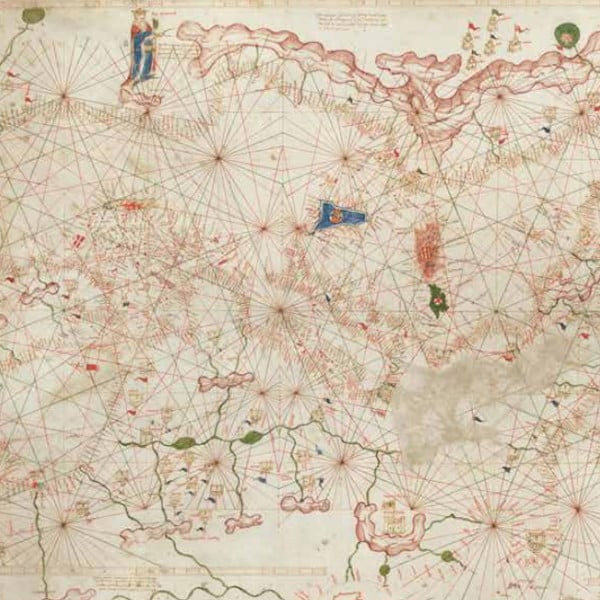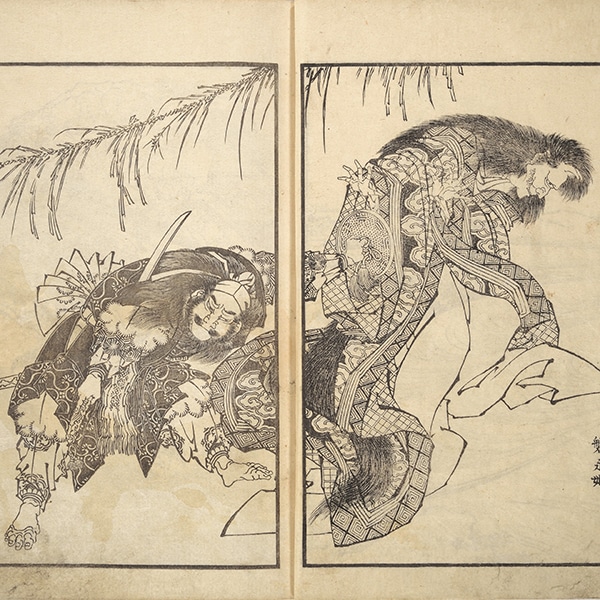Post World War I, the “Roaring Twenties” was a time of exciting social and political change in the U.S. and in Europe. Along with high economic growth and the burgeoning consumer culture, many women experienced liberation. They could at last vote, and many entered the workforce and became more financially independent. This new-found freedom also crossed over into how they dressed and behaved.
A symbol of the era that many people today may recognize is the “flapper”—a woman who wore loose clothing, had short, bobbed hair, and embraced a hedonistic lifestyle. These are the women who inspired the work of Polish artist Tamara de Lempicka. Nicknamed “The Baroness with a Brush,” she became known for her self-portraits and paintings of women rendered in her chic, Art Deco style. Her stylish artwork oozes feminine power and sensuality, and celebrates the independence and liberation of 1920s women. Lempicka once said, “I live life in the margins of society, and the rules of normal society don't apply to those who live on the fringe.”
Who was Tamara de Lempicka?
Full Name | Tamara Rosalia Gurwik-Górska |
Born | May 16, 1898 (Warsaw, Poland) |
Died | March 18, 1980 (Cuernavaca, Mexico) |
Notable Artwork | Autoportrait (Tamara in a Green Bugatti) |
Movement | Art Deco |
Tamara de Lempicka (whose birth name is Maria Gorska) was born on May 16, 1898 in Warsaw, Poland to a Russian Jewish lawyer, Boris Gurwik-Gorski, and a Polish socialite, Malvina Decler. She was exposed to the arts early on and began painting when she was 10, at which point she created a portrait of her younger sister. After a brief time in boarding school in Lausanne, Switzerland, the young artist went to live with her grandmother in Italy, where she discovered the work of Italian Renaissance painters.
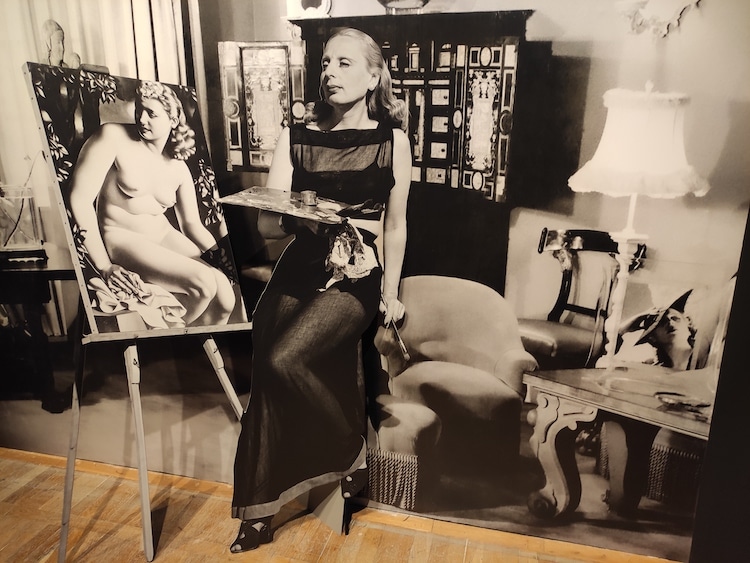
Photo of Tamara de Lempicka next to her painting (Photo: Wikimedia Commons, CC BY-SA 4.0)
At age 16, she fell in love and married a Polish lawyer named Tadeusz de Lempicka. Shortly after their lavish wedding in St Petersburg, he was arrested by officials from the new Bolshevik government, but was freed after Lempicka convinced his captors to release him. The young couple then fled the Russian Revolution and relocated to Paris, where she studied art under Maurice Denis and André Lhote. Here, Lempicka quickly became part of the Parisian avant-garde scene alongside Pablo Picasso, Jean Cocteau, and André Gide. She rejected the Impressionist painters of the time who she thought painted with “dirty” colors. In contrast, she decided her own style would be vivid, clean, and elegant. She once said, “My goal is never to copy, but to create a new style, clear luminous colors and feel the elegance of the models.”
Rise to Fame
In preparation for her first major exhibition in Milan in 1925, Lempicka hurriedly created 28 paintings over the course of 6 months. Her hard work paid off, and she soon started showing her work in some of the most exclusive galleries in Europe. Her first real brush with fame occurred after she exhibited at the International Exhibition of Modern Decorative and Industrial Arts, where fashion journalists from Harper’s Bazaar spotted her work. Around the same time she was commissioned by German fashion magazine, Die Dame, for whom she painted her iconic self-portrait, Tamara in a Green Bugatti (1929).
As one of the best-known examples of Art Deco portrait painting, Lempicka depicted herself at the wheel of a green Bugatti racing car, wearing a leather helmet, long white gloves, and wrapped in a silk scarf. In reality, the artist didn’t own a Bugatti—rather a small yellow Renault—but nonetheless, the painting captures her beauty, fierce independence, and wealth as a female artist in the early 1900s.
Personal Scandals
During her time in 1920s Paris, Lempicka became notorious for her wild parties and her insatiable sexual appetite for both men and women. When she worked, she painted portraits of the rich and famous, including Queen Elizabeth of Greece, King Alfonso XIII of Spain, and Italian poet Gabriele d’Annunzio.
Due to her “scandalous” lifestyle, her husband divorced her in 1928. Lempicka rarely saw her only child, Kizette who was left in the care of her grandmother. Despite this, Lempicka's daughter was an inspiration for her art and became immortalized in many of her mother’s paintings, including Kizette in Pink, 1926; Kizette Sleeping, 1934; and Baroness Kizette, 1954.
Lempicka's Decline Amid Abstract Expressionism
Lempicka married her second husband, Baron Kuffner, in 1933. In 1939, just before World War II, the couple settled permanently in the United States, first in Los Angeles, then in Beverly Hills. Lempicka continued down the path of success and earned her way by painting the portraits of many of Hollywood's stars. However, after the War, society's taste began to change, and demand for Lempicka's Art Deco portraits began to decline in favor of Abstract Expressionism.
At a loss, Lempicka dabbled in abstract work and developed a new style using a palette knife. However, her new work wasn’t received well and she stopped exhibiting in public in 1962. She lived out her life in Houston with her daughter, and later spent her last years in Cuernavaca, Mexico.
Resurgence and Legacy
Interest in Lempicka’s artwork began to revive in the 1970s after the 1972 retrospective exhibition, Tamara de Lempicka from 1925-1935, at the Palais du Luxembourg in Paris. Now, almost 40 years after her death in 1980, her work has become extremely sought after—especially among celebrities. Jack Nicholson, Barbara Streisand, and Madonna are some of Lempicka’s most avid collectors. Her distinctive art is even featured in Madonna’s music videos for Vogue, Open Your Heart, and Express Yourself.
Frequently Asked Questions
Who was Tamara de Lempicka?
Tamara de Lempicka was a Polish Art Deco painter best known for her self-portraits and paintings of glamorous women.
Who was Tamara de Lempicka inspired by?
Polish painter Tamara de Lempicka was inspired by Renaissance artists, Cubism, as well as Mannerism.
All images © 2019 Tamara Art Heritage / ADAGP, Paris / ARS, NY and used with permission.
This artist has been edited and updated.
Related Articles:
Art Deco: Exploring the Dazzling Modern Art Movement
9 Pioneering Female Artists to Celebrate on International Women’s Day
Rare Photos of Frida Kahlo as a Young Woman in the 1920s
15+ Feminist Fashions to Empower the Strong Women in Your Life



